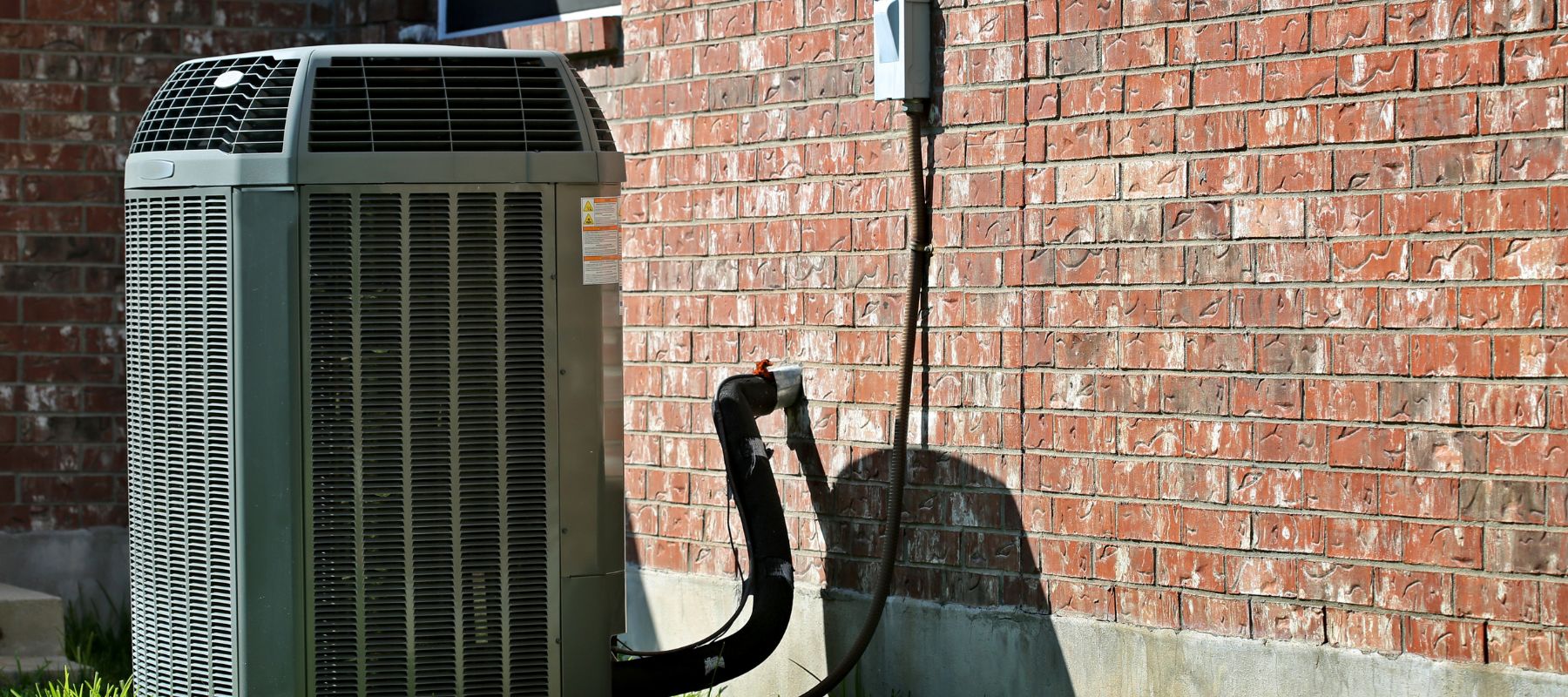What Does New Refrigerant It Mean For Homeowners?
If you’ve had your HVAC system serviced recently — or are considering a new AC installation — you might have heard about a new refrigerant called R-454B. This new option is quickly becoming the standard across the HVAC industry, and for good reason.
At Lonestar Air Services, we want our customers to be informed about what this means for their home comfort, energy efficiency and long-term HVAC investments.
Out With The Old: Goodbye R-410A
For years, R-410A was the most common AC refrigerant used in residential air conditioning systems. It began replacing the older R-22 (commonly known as Freon) around 2010, when the EPA began phasing out R-22 due to its ozone-depleting properties. From 2010 to 2023, R-410A became the go-to refrigerant in new HVAC systems thanks to its improved efficiency and lower environmental impact compared to R-22.
However, while R-410A doesn’t deplete the ozone layer, it still has a high global warming potential (GWP). As environmental regulations continue to tighten, R-410A is now also being phased out, with a complete production ban taking effect in 2025.
What Is R-454B?
R-454B is a new refrigerant developed to replace R-410A. It offers a much lower GWP while still delivering reliable, efficient cooling. It’s already being adopted by leading HVAC manufacturers like Carrier, Trane and Lennox in their latest systems.
Key Benefits Of R-454B:
- Lower environmental impact – R-454B has a GWP that’s nearly 80% lower than R-410A.
- More energy efficient – Systems using R-454B may run more efficiently, saving homeowners money over time.
- Similar performance – It provides similar or better cooling performance compared to older refrigerants.
What This Means For Homeowners
If you’re shopping for a new AC system or facing repairs that involve a home AC refrigerant change, you may be offered an R-454B-compatible unit. While systems using R-410A are still on the market, they’re being phased out — and refrigerant costs are likely to rise. Upgrading now could save you money and hassle in the future.
AC Refrigerant Leaks And Repairs
Worried about an AC refrigerant leak? Whether your system uses R-410A, R-22 or the new R-454B, refrigerant loss can lead to reduced cooling, higher energy bills or even system failure. Common signs of a freon leak or AC freon issue include:
- Warm air blowing from vents
- Hissing or bubbling sounds near the unit
- Higher humidity levels inside
- Ice buildup on the refrigerant lines or coils
The good news is that older refrigerant leaks can still be repaired — and in many cases, the system can be recharged with the same type of refrigerant. However, it’s important to note that as older refrigerants like R-22 and R-410A are phased out, their availability will continue to decline. This means prices for these refrigerants are steadily rising, and repairs involving them will become more expensive over time.
If your system is leaking refrigerant and is already over 10 years old, it may be more cost-effective in the long run to upgrade to a newer, R-454B-compatible system rather than invest in multiple repairs.
At Lonestar Air Services, our licensed HVAC technicians can help you evaluate your system and recommend the best path forward — whether it’s a quick fix or a long-term solution.
Future-Proof Your Comfort
As HVAC technology advances and environmental standards evolve, making smart, informed decisions about your home’s cooling system is more important than ever. By choosing R-454B-compatible equipment, you’re not only getting ahead of future regulations — you’re also investing in cleaner, more efficient cooling for years to come.
Ready To Learn More?
Contact Lonestar Air Services today to schedule a consultation or AC tune-up. Whether you’re concerned about a freon leak, looking to recharge your AC refrigerant or want to upgrade to the latest in cooling technology, we’ve got the expertise you can trust.




